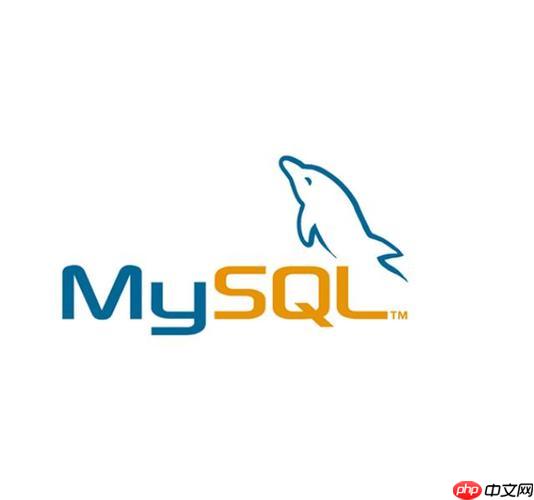*nix os 下配置文件一般存放位置
default options are read from the following files in the given order: /etc/my.cnf, /etc/mysql/my.cnf, /usr/local/etc/my.cnf, ~/.my.cnf
默认设置按一下顺序读取:
/etc/my.cnf, /etc/mysql/my.cnf, /usr/local/etc/my.cnf, ~/.my.cnf
Ubuntu 下的启动,停止与重启
启动方式:
-
方式一:sudo /etc/init.d/mysql start
-
方式二:sudo start mysql
-
方式三:sudo service mysql start
停止mysql:
-
方式一:sudo /etc/init.d/mysql stop
-
方式二:sudo stop mysql
-
方式三:sudo service mysql stop
重启mysql:
-
方式一:sudo/etc/init.d/mysql restart
-
方式二:sudo restart mysql
-
方式三:sudo service mysql restart
Mac 下的启动,停止与重启
这里记录通过 homebrew 安装的操作
-
启动: mysql.server start
-
停止: mysql.server stop
-
重启: mysql.server restart 或者 reload 或者 force-reload
### 权限管理 查看mysql状态
-
方式一:service mysql status (输出类似mysql start/running, process 810)
-
方式二:登录mysql client, 执行命令:show status;
-
方式三:Mac 如果是通过 homebrew 安装的,则可以直接使用 mysql.server status查看
增加用户及权限
GRANT ALL ON *.* TO 'username'@'hostname' IDENTIFIED BY 'username' WITH GRANT OPTION; # 然后刷新权限 flush privileges;
删除用户权限
REVOKE ALL ON *.* FROM 'username'@'hostname'; # 然后刷新权限 flush privileges;
以上就是MySQL 的日常使用的内容,更多相关内容请关注PHP中文网(www.php.cn)!


















